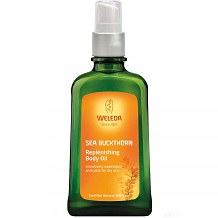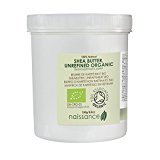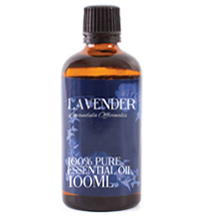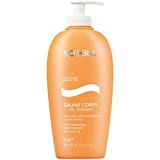Sunscreen purchasing advice: how to choose the right product
- What you need to know
- Sunscreen protects the skin from harmful UV rays which can cause sunburn, painful blisters, and even skin cancer.
- How long it works for and how comprehensively you are protected depends on the sun protection factor of the sunscreen and your own skin type.
- For best results, sunscreen should be applied generously and frequently to all areas of the skin which are exposed to the sun.
- Children and people with skin conditions need particularly rigorous protection from the sun.
The perfect tan or sunburn?
Be it on the beach in summer or on the slopes during your winter break– sunscreen is a holiday essential for protecting your skin from harmful UV rays. UV filters help to prevent painful sunburn and instead promote the sort of elegant tan that everyone wants to come home with from holiday to show off to their friends. And, at the end of the day, everyone should feel comfortable enough on their holidays to just laze by the pool without a care in the world. A holiday tan is a worthwhile goal, but not if it looks unnatural or starts to turn red. This is unhealthy for the skin and can lead to painful consequences.
Why is it important to wear sunscreen?
Depending on the sensitivity of your skin, intense sunshine can quickly lead to redness and, after a lot of exposure, to painful sunburn. These can be as serious as first or second degree burns and, in extreme cases, can cause blisters, scars, and permanent damage to the skin. Continual exposure to UV rays also raises the risk of skin cancer. To make sure that this doesn’t happen to you, it’s important to wear enough sunscreen in sunny conditions. This is the best way to enjoy the sun guilt-free, and without having to worry about negative consequences for your skin.
What effect does sunscreen have on my skin?
UV rays come in two types: UV-A and UV-B. Sunscreen should protect you from both types. Put a little sunscreen on your palm and then use your hands to rub it onto the skin. Sunscreen is a UV light filter which strengthens the resilience of the body against sunlight. This filter can be chemical, physical, or mineral. Whatever type of filter the sunscreen employs, the goal remains the same– that no UV rays reach the skin. Ingredients in sunscreen work in slightly different ways. Chemical filters convert rays of sunshine into heat, while mineral filters reflect or destroy them. In order to achieve the best possible results, some manufacturers combine these different types of filter in their products. The layer of protection is essential for preventing harm to the skin.
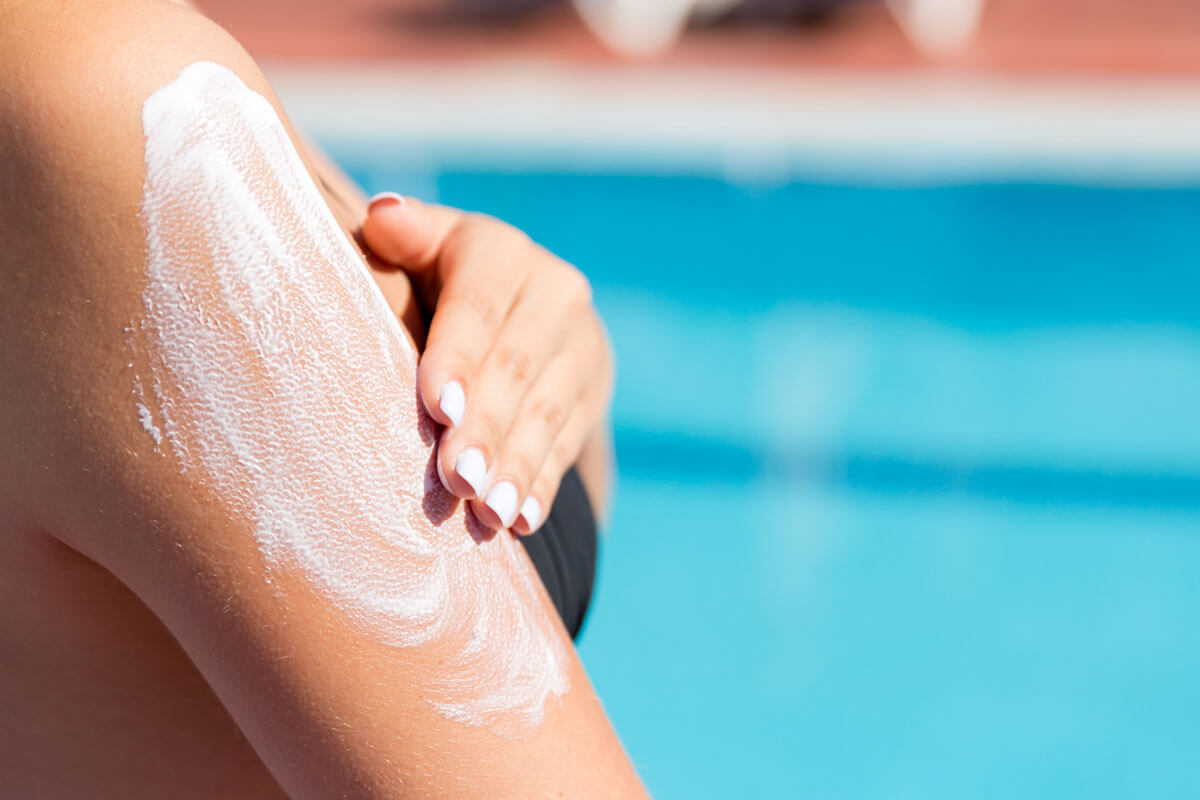
Sunscreen helps to moisturise skin while keeping it firm and healthy. When not used in large amounts, it even boasts anti-aging properties. Some manufacturers perfume their creams or add extra ingredients to help reduce the risk of an allergic reaction. Commonly added ingredients include vitamins, or even things like panthenol and ectoin. Before using a new sunscreen for the first time, it’s worth checking the ingredients list to see whether you are allergic.
What to look out for when buying
The most important thing to look out for when buying sunscreen is the sun protection factor (SPF). The SPF is a standardised measurement which tells you how strong a particular cream is. Anything below SPF 6 is not considered protective. The SPF you should use depends on your skin type. This is because light skin is not as capable as dark skin at protecting itself. Lighter skin is therefore more likely to burn than to naturally tan.
How long skin is able to protect itself ranges from three minutes, for people with very light skin, to 90 minutes, for those with darker skin. These values are not set in stone and are based on sun exposure on a normal summer’s day in Europe. This may be different in other parts of the world. Every individual needs to work out for themselves how long their own skin is protected without sunscreen. It is possible to work out how long sunscreen will give you protection with the help of a formula. To do this, multiply the SPF of the sunscreen you’re using by the amount of time you can spend in the sun before getting burned.
The sunscreen formula
Time before sunburn = SPF x time you can be in the sun unprotected without burning
Example: you can usually be in the sun for 15 minutes without burning and the sunscreen you’re using has an SPF of 30. After the first application, you would therefore have 450 minutes, or seven and a half hours, in the sun without risk of burning. It is advised, however, to never push the time limits.
The SPF is usually clearly displayed on the packaging of sunscreen. It’s worth taking note of the following table to check the strength of your sunscreen.
| SPF | Strength |
| 6 to 10 | Low |
| 11 to 25 | Medium |
| 26 to 50 | High |
| 51 and above | Very high |
The sun protection factor given on the packaging is only that of the protection against UV-B rays. A different SPF rating is used for UV-A, although this should also be given by reliable manufacturers. This value should be at least a third of the normal SPF. A sunscreen with a UV-B value of SPF 30 is only able to protect skin as well as it claims if the UV-A value is at least 10.
How long your skin is protected without sunscreen
To work out which sunscreen is best for your skin, it’s good to have some idea of how your skin reacts to sun exposure. From this, you can estimate your skin type. There are six different skin types, each with their own characteristics and each requiring their own type of skin protection. The following details are based on conditions with a UV-Index of nine or above.
| Skin type | Appearance | Protection without sunscreen | Recommended SPF |
| Type I | Light skin, nipples, and hair colour; more likely to get freckles than a tan | Less than 10 min | At least 30 |
| Type II | Light skin and hair colour, medium light nipples, very slow to tan | 10-20 min | 20-30 |
| Type III | Medium skin, brown hair and nipples, slow but intense tan | 20-30 min | 15-20 |
| Type IV | Tanned skin and nipples, brown or black hair, quick and intense tan without any freckles | More than 45 min | 15 |
| Type V | Dark skin and nipples, brown or black hair, quick and intense tan without any freckles | More than 60 min | 8 |
| Type VI | Black skin, dark hair, no freckles, and rarely a sunburn | More than 90 min | 6 |
A UV index of nine or above is always given in a weather report together with the predicted temperature. If the index is below nine, then less sunscreen or a sunscreen with lesser UV protection is usually sufficient. Clothes also protect the body from UV rays.
It’s important to be aware of the fact that tanned skin can be exposed to the sun for longer periods of time. When taking note of the skin type and SPF values, it should be kept in mind that these are intended for skin which hasn’t seen the sun for a long time. People from type I and II are also much more likely to develop skin cancer. It is recommended to make sure that exposed or sensitive body parts, like the face and lips, are always protected. Eyes, meanwhile, can be protected by UV-protected sunglasses, which help you to see better in sunny conditions.
Further protective measures
Even when used properly, sunscreen is not a magic potion. Even the best products lose some of their effectiveness over time. People with particularly sensitive skin should put on a hat of some description (with a neck covering is even better) and not spend too much time in the sun. Waterproof creams are recommended for holidays on the beach. Most manufacturers include this information on the product packaging.
The right sunscreen for sensitive skin
Some types of skin are particularly sensitive and need their own kind of special care. People with skin conditions like acne or eczema can often react badly to sunlight. These people are quick to burn and are unable to use sunscreens containing certain ingredients.
Special care for sufferers from skin disorders
Acne sufferers should be particularly wary of sunscreens which contain a lot of oil and dry quickly. The same is true for eczema sufferers. These, and other similar skin conditions, make the skin more permeable by UV rays. Skin condition sufferers should therefore only use sunscreen with a high SPF. Damaged skin reacts quicker to added ingredients, fragrances, and chemical filters. The best option for those with skin conditions is a mineral cream. Mineral creams contain fewer of the harmful chemicals that can penetrate the skin and cause allergic reactions.
Are there special sunscreens for children and babies?
Children and new-born babies’ skin is extremely sensitive. Accordingly, there are special creams on the market dedicated to them. Most of these contain no perfumes, colourings, conservatives, or potentially harmful substances, like emulsifiers or oils. There is no limit to how much these creams can be used. This is extremely important with children, as their skin needs to be creamed a lot more often. Children should also protect their skin by taking more frequent breaks in the shade than their parents.
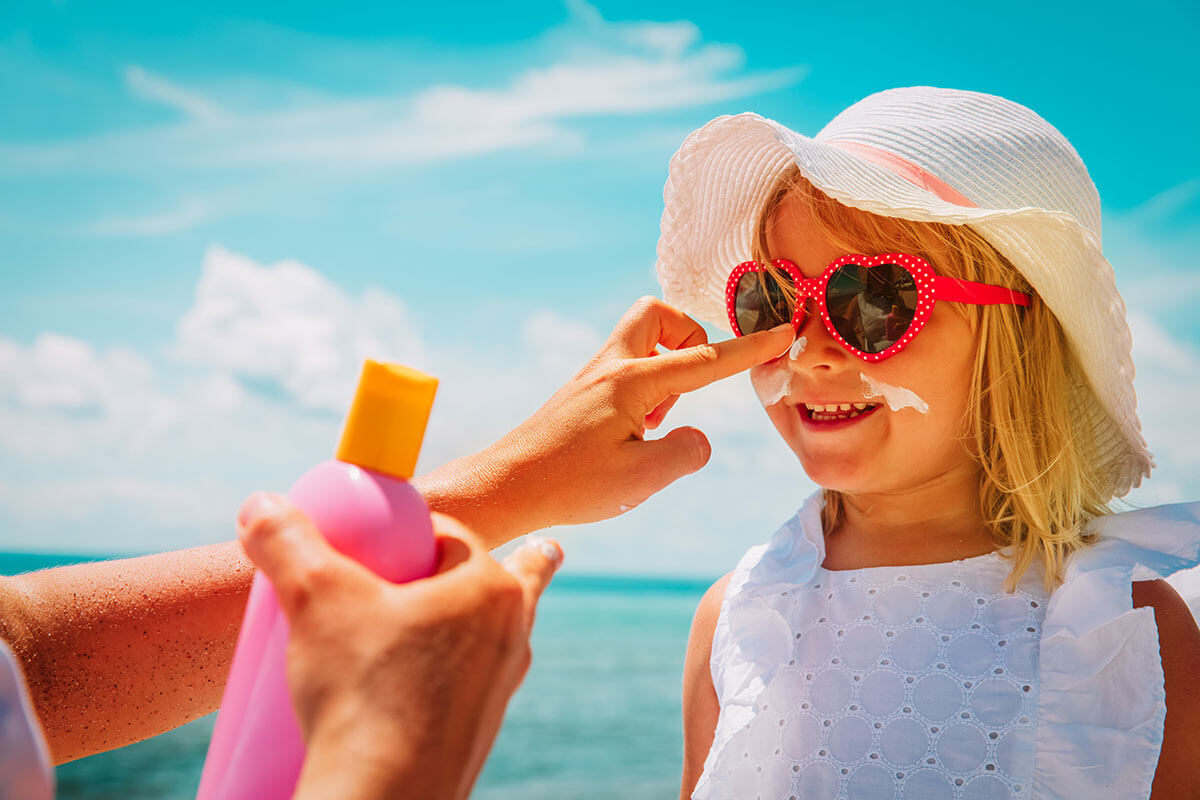
When and how to apply sunscreen
It’s best to apply sunscreen at least a few minutes before heading out into the sun. This gives the sunscreen time to work. It’s recommended that each part of the body is sprayed 10 to 15 times. If you’re using a tube of sunscreen, it’s good to use a generous amount. You can also decide to use more or less sunscreen based on how long you plan on being outside in the sun. Should you be spending a long time in the sun, it’s important to reapply sunscreen at regular intervals. As a general guideline, once every two to three hours should be sufficient. Depending on the environment and brightness, this time could be a little bit higher or lower. When using a spray, it’s recommended to apply it at least twice so as to make sure that the whole area is covered.
More cream is needed if the use-by date has been exceeded. The use-by date is usually given on the edge of the lid. This date is the day after which the manufacturer can no longer guarantee the full effectiveness of the product. If this date has been exceeded by just a few days or weeks, the product should work almost as well as it usually does. Choosing to use out-of-date sunscreen just means that you would need to apply it in greater quantities than normally.
Image 1: © sosiukin / stock.adobe.com | Image 2: © nadezhda1906 / stock.adobe.com

















 18,060 reviews
18,060 reviews









